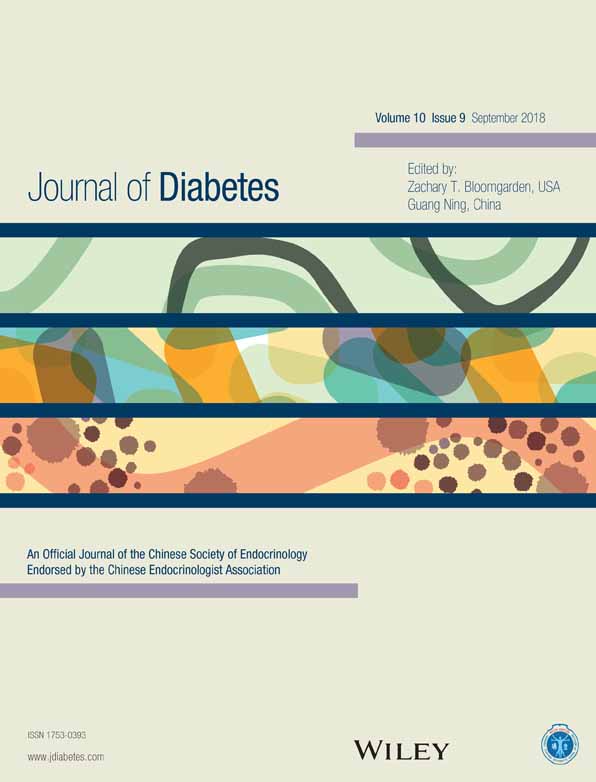Mild hyperbaric oxygen inhibits the growth-related decline in skeletal muscle oxidative capacity and prevents hyperglycemia in rats with type 2 diabetes mellitus
在2型糖尿病大鼠中使用轻度高压氧可以抑制生长相关的骨骼肌氧化能力下降以及预防高血糖
Abstract
enBackground
Humans and animals with type 2 diabetes mellitus (T2DM) exhibit low skeletal muscle oxidative capacity and impaired glucose metabolism. The aim of the present study was to investigate the effects of exposure to mild hyperbaric oxygen on these changes in obese rats with T2DM.
Methods
Five-week-old non-diabetic Long-Evans Tokushima Otsuka (LETO) and diabetic Otsuka Long-Evans Tokushima Fatty (OLETF) rats were divided into normobaric (LETO-NB and OLETF-NB) and mild hyperbaric oxygen (LETO-MHO and OLETF-MHO) groups. The LETO-MHO and OLETF-MHO groups received 1266 hPa with 36% oxygen for 3 h daily for 22 weeks.
Results
Fasting and non-fasting blood glucose, HbA1c, and triglyceride levels were lower in the OLETF-MHO group than in the OLETF-NB group (P < 0.05). In the soleus muscle, peroxisome proliferator-activated receptor δ/β (Pparδ/β), Pparγ, and PPARγ coactivator-1α (Pgc-1α) mRNA levels were lower in the OLETF-NB group than in all other groups (P < 0.05), whereas myogenin (Myog) and myogenic factor 5 (Myf5) mRNA levels were higher in the OLETF-MHO group than in the LETO-NB and OLETF-NB groups (P < 0.05). The soleus muscles in the OLETF-NB group contained only low-oxidative Type I fibers, whereas those in all other groups contained high-oxidative Type IIA and Type IIC fibers in addition to Type I fibers.
Conclusions
Exposure to mild hyperbaric oxygen inhibits the decline in skeletal muscle oxidative capacity and prevents the hyperglycemia associated with T2DM. Pgc-1α, Myog, and Myf5 mRNA levels appear to be closely associated with skeletal muscle oxidative capacity in rats with T2DM.
摘要
zh背景
合并2型糖尿病(T2DM)的人类与动物都出现了骨骼肌氧化能力下降以及糖代谢受损。本研究旨在肥胖的T2DM大鼠中调查暴露于轻度高压氧中对这些变化的影响。
方法
5周龄的非糖尿病LETO(Long-Evans Tokushima Otsuka)大鼠以及糖尿病OLETF(Otsuka Long-Evans Tokushima Fatty)大鼠被分为常压组(LETO-NB与OLETF-NB)以及轻度高压氧组(LETO-MHO与OLETF-MHO)。LETO-MHO与OLETF-MHO组大鼠每日在1266 hPa的气压下吸入36%的氧气3小时共持续22周。
结果
OLETF-MHO组大鼠的空腹与非空腹血糖、HbA1c以及甘油三酯水平与OLETF-NB组相比都显著更低(P < 0.05)。在比目鱼肌中, OLETF-NB组的过氧化物酶体增殖物激活型δ/β受体(peroxisome proliferator-activated receptor δ/β, Pparδ/β)、Pparγ以及PPARγ辅激活因子-1α(PPARγ coactivator-1α, Pgc-1α)的mRNA水平与其他所有分组相比都更低(P < 0.05), 但是OLETF-MHO组的肌细胞生成素(myogenin, Myog)以及肌源性因子5(myogenic factor 5, Myf5)的mRNA水平与LETO-NB组以及OLETF-NB组相比都更高(P < 0.05)。OLETF-NB组的比目鱼肌中只含有低氧化性的I型纤维, 但是其他所有分组的比目鱼肌中除了含有I型纤维外还含有高氧化性的IIA型与IIC型纤维。
结论
暴露到轻度高压氧中可以防止T2DM相关的骨骼肌氧化能力下降以及预防高血糖。在T2DM大鼠中Pgc-1α、Myog和Myf5的mRNA水平看来似乎与骨骼肌的氧化能力密切相关。




